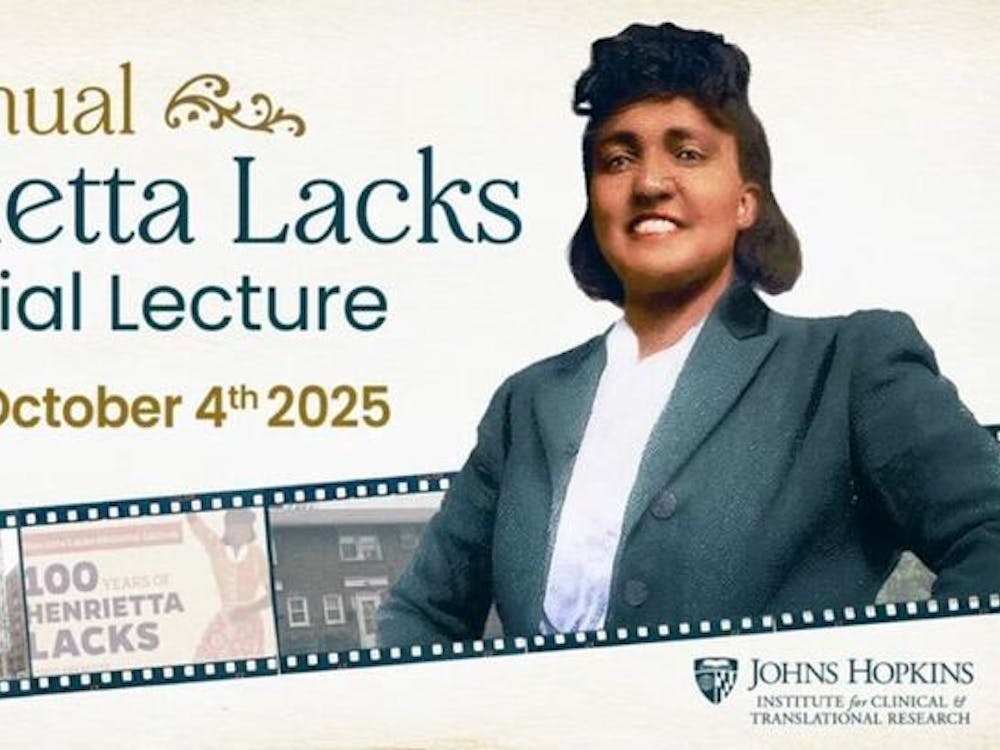There may finally be an excuse to make amusement park trips a priority yearly. Researchers at Michigan State University (MSU) discovered that riding certain types of roller coasters can help patients pass kidney stones with an approximated 70 percent success rate. They suggest trying to ride roller coasters once a year as maintenance to reduce the chance of developing any stones.
Dr. David Wartinger, a professor emeritus in MSU’s Department of Osteopathic Surgical Specialties, spearheaded a pilot study as well as a follow-up expanded study, the results of which were published in the Journal of the American Osteopathic Association. Wartinger’s initial inspiration to investigate the topic came from his patients’ recollections of passing stones by riding roller coaster rides.
“Basically, I had patients telling me that after riding a particular roller coaster at Walt Disney World, they were able to pass their kidney stone,” Wartinger said in a press release. “I even had one patient say he passed three different stones after riding multiple times.”
Wartiger decided to investigate this using a validated, synthetic 3D model of a kidney with kidney stones. He carried the model in a backpack a total of 20 times on the Big Thunder Mountain roller coaster ride at Walt Disney World. The results from this pilot study supported his patients’ claims.
“In the pilot study, sitting in the last car of the roller coaster showed about a 64 percent passage rate, while sitting in the first few cars only had a 16 percent success rate,” Wartinger said in a press release.
Wartinger expanded the study with Mark Mitchell, an MSU resident. This involved riding the roller coaster with multiple kidney models attached to the researchers, having the researchers positioned at different points along the roller coaster and riding different roller coasters with varying max speeds, g-forces, turns and loops.
The team found that the best results, a passage rate of almost 70 percent, were observed when researchers were positioned towards the back of the roller coaster. Additionally, if the kidney stone was situated in the upper chambers of the kidney, the passage rate was 100 percent.
“In all, we used 174 kidney stones of varying shapes, sizes and weights to see if each model worked on the same ride and on two other roller coasters,” Wartinger said in a press release. “Big Thunder Mountain was the only one that worked. We tried Space Mountain and the Aerosmith’s Rock ‘n’ Roller Coaster and both failed.”
Wartinger suggests that there are optimal g-forces and movements that push the kidney stone out. Some of the rides the researchers tested were too violent and had g-forces so high that they caused the kidney stone to pin to the wall of the kidney and not pass.
“The ideal coaster is rough and quick with some twists and turns, but no upside down or inverted movements,” he said.
Approximately 300,000 people per year are admitted to emergency rooms due pain from a kidney stone, and treatment can cost between $5,000 and $10,000.
The method that is generally used to dissolve kidney stones is lithotripsy, which breaks down kidneys stones that are too large to pass using ultrasonic shock waves. Wartinger suggests that patients who undergo lithotripsy should ride roller coasters soon after the treatment, as the procedure often leaves remnants of stones which can cause issues later on if not passed properly.
“You need to heed the warnings before going on a roller coaster,” Wartinger said. “If you have a kidney stone, but are otherwise healthy and meet the requirements of the ride, patients should try it. It’s definitely a lower-cost alternative to health care.”




